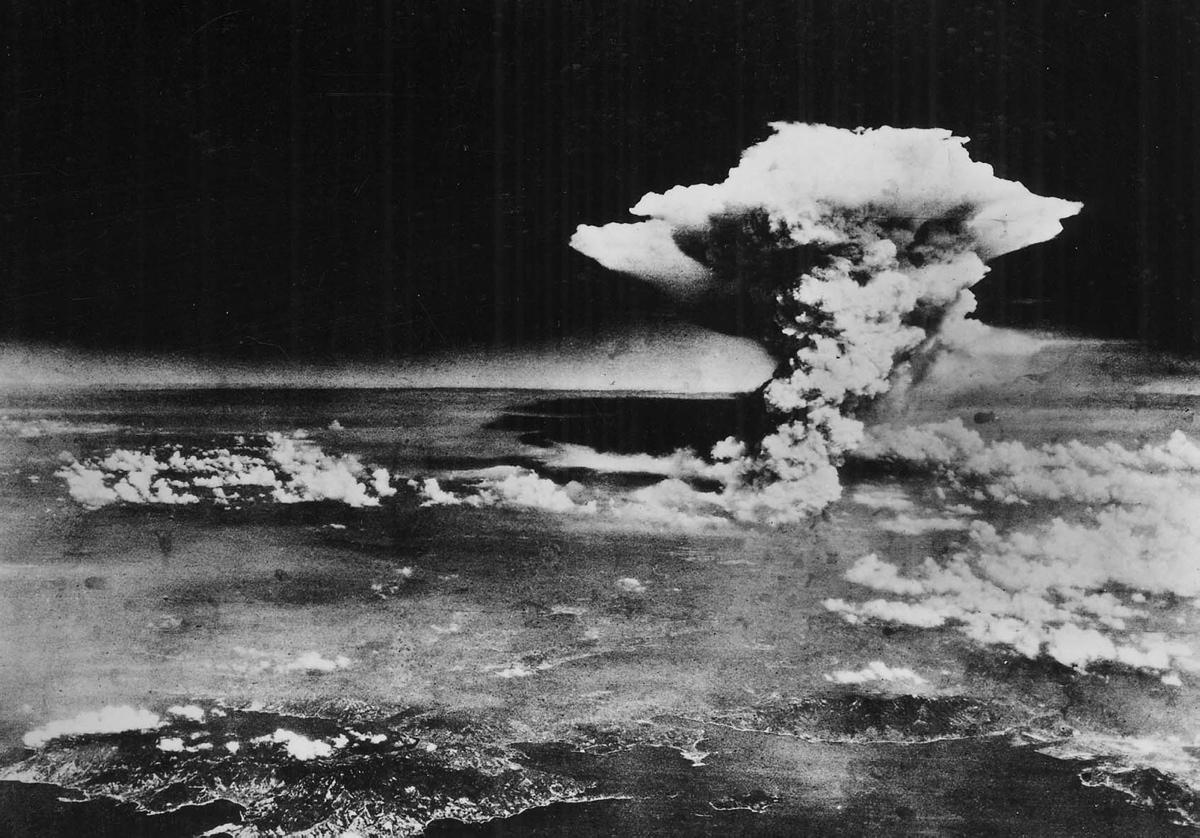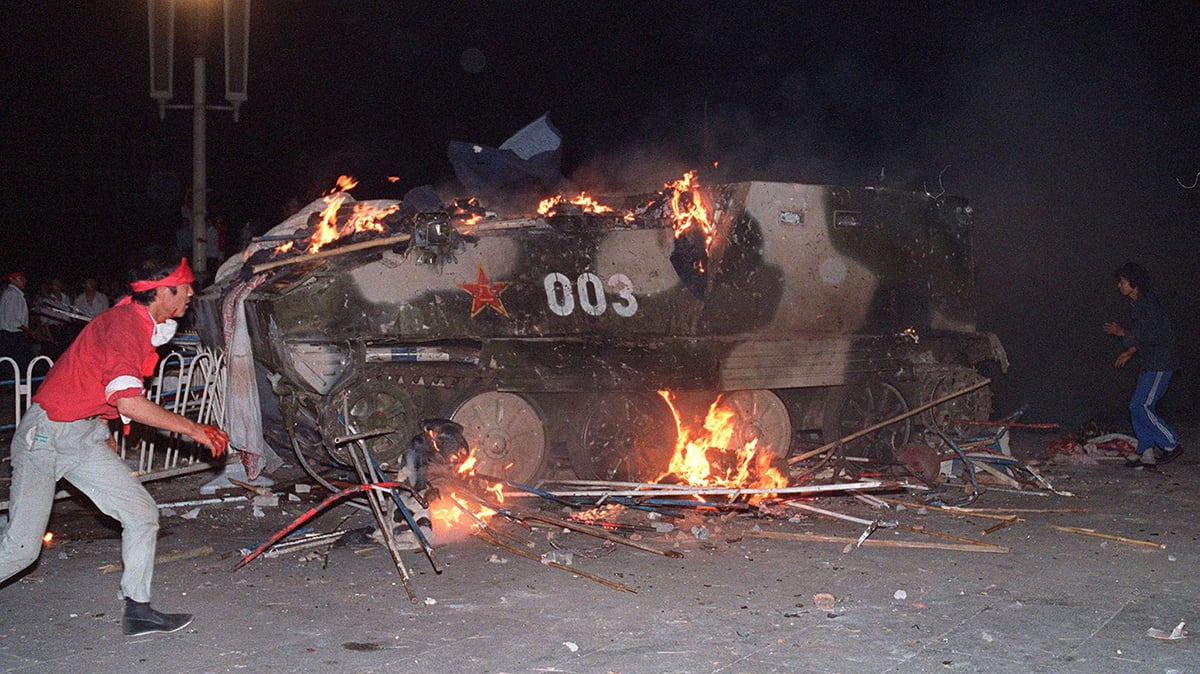Pervez Musharraf announced his resignation from Pakistan’s presidency on Aug. 18. The resignation prompted the Pakistani people to take to the streets in dance and celebration. Reflecting popular sentiments against Musharraf and the interests he served, demonstrators chanted “Down with the American Stooge.”
|
Years of implementing neoliberal policies took their toll on the people. Approximately one-third of Pakistan’s 170 million people live below the poverty line. Thirteen percent have to survive on less than $1 a day. The infant mortality rate is 83 per 1000. The adult literacy rate is only 43 percent.
Pakistan has received $10 billion in U.S. aid since 2001. The aid has been used to further militarize the country in support of the misnamed “war on terror.”
Musharraf’s obedience to Washington—while buying his corrupt regime political, economic and military support—exposed him as the “stooge” of imperialism. And the fact that a military dictator, not a civilian elected politician, was at the head of the state removed any possibility for Musharraf to claim democratic legitimacy.
Mass struggle leads to U.S. puppet’s downfall
In 2007, street demonstrations and other protests against the military dictatorship grew in size. In March of that year, Musharraf removed Chief Justice Iftakar Mohammed Chaudhry from office. Reflecting the instability of Musharraf’s rule, Chaudhry had agreed to hear cases involving disappearances of people detained by intelligence agencies, as well as constitutional challenges involving Musharraf’s continued rule as president and head of the military.
There were mass demonstrations protesting Chaudry’s ouster. In July 2007, Pakistan’s Supreme Court ruled that President Musharraf had acted illegally when he suspended Chaudhry. The court reinstated him.
That same month, the military attacked the Lal Masjid, or the Red Mosque. Lal Masjid is a religious teaching institution that holds 2,000 students. Government troops stormed the compound killing over 80 people. Anti-government protests and violence erupted in response to the government raid.
Following Musharraf’s “re-election” as president in the phony October 2007 elections, mass protest erupted. Musharraf declared martial law, arrested thousands of demonstrators and removed all the Supreme Court judges. He then appointed new judges who promptly certified his presidency.
With the dictatorship in the midst of a crisis, Benazir Bhutto, leader of the Pakistan People’s Party, returned to Pakistan from exile. Realizing that the Musharraf’s unpopular dictatorship was likely to give rise to a revolutionary movement, the U.S. and British governments brokered a deal between Bhutto and Musharraf. The agreement was widely expected to result in Bhutto being elected prime minister under Musharraf as president.
But Bhutto’s assassination on Dec. 27, 2007, changed the equation. The fact that most Pakistanis believed Musharraf’s military to have been responsible for the assassination made a new deal impossible.
In the Feb. 18 National Assembly elections that Musharraf was forced to hold, his party suffered a crushing defeat. On March 9, Pakistan’s two leading political parties, the PPP and the PML-N formed a coalition government.
Since the instability of Musharraf’s rule became evident, the United States stopped advocating for an outright continuation of his military dictatorship. Instead, at each stage, Washington attempted to salvage him through a power-sharing deal between him and his political rivals. In the end, when no deal seemed possible, Washington dropped Musharraf and moved on.
While praising Musharraf’s years of service in the “war on terror,” Washington declared its willingness to work with Pakistan’s new rulers. Musharraf had to learn the bitter lesson that many U.S. puppets learned before him through painful experience. Washington has no loyalty to its puppets and is quite willing to discard them once they become a liability; it is only loyal to the corporate interests that it serves. Richard Boucher, U.S. assistant secretary of state, stated after Musharraf’s electoral defeat: “We will work with whoever emerges as the leadership.”
Which way forward for Pakistan?
The ousting of Musharraf is a victory for Pakistan’s people. Without their movement, Musharraf would still have remained in power. But Musharraf’s downfall is only a first step. Pakistan’s two leading parties, the PPP and the PML-N, have not demonstrated a program of independence or progressive politics. Both parties held power in the 90s by toeing Washington’s line through corrupt policies that further impoverished the already poor Pakistani masses.
On Aug. 22, the PPP nominated Asif Ali Zardari, the husband of the slain Benazir Bhutto, as the new president. Legislators will elect the new president on Sept. 6. After Musharraf, Pakistan’s new leaders are confronted with great challenges.
On the one hand, the new leadership is faced with the aspirations of the Pakistani masses for independence and an improvement in their living conditions. If the leadership does not respond to popular demands, it runs the chance of more mass protests and the rise of a revolutionary movement.
But, on the other hand, the civilian leadership has to operate under the watchful eyes of the Pakistan’s military. The military has been an integral part of Pakistan’s political structure since British colonialism formed the country. When the military has not held direct political power, it has stood ready to intervene and retake direct military rule. If the new leadership goes too far toward independence, it runs the risk of another U.S.-supported military coup. What will determine the ultimate outcome of this tense political situation is the level to which the Pakistani masses can exert their will through struggle.





